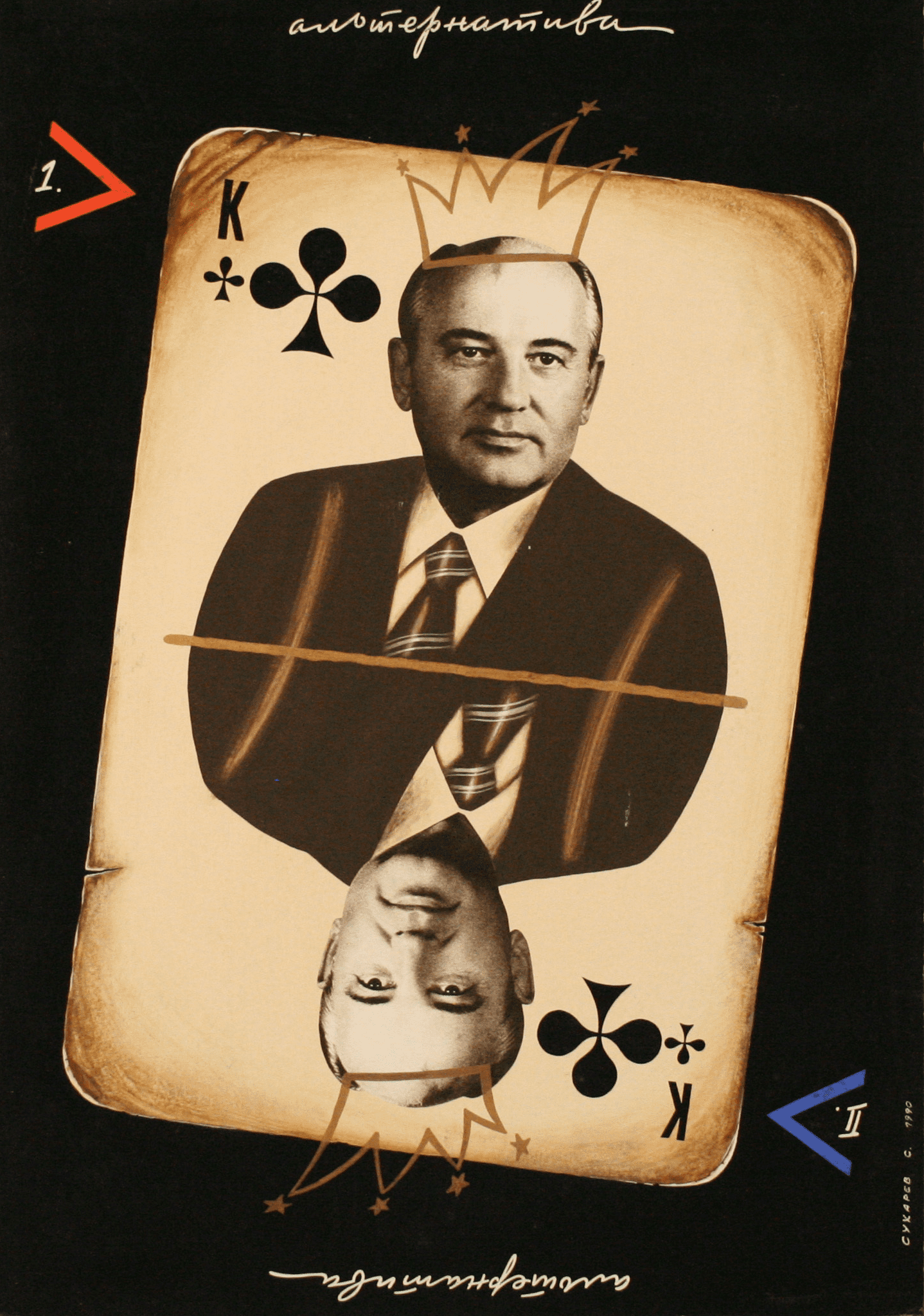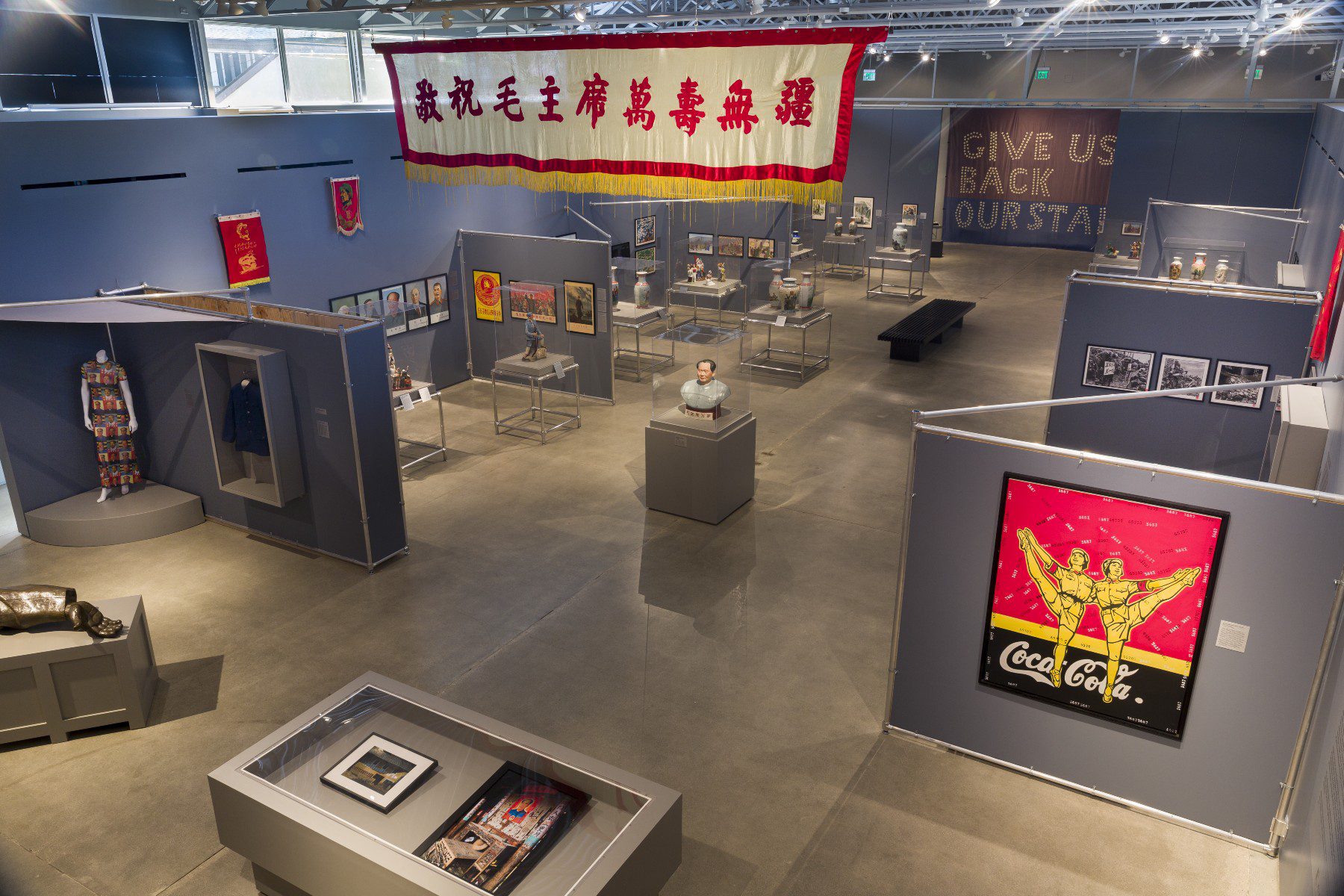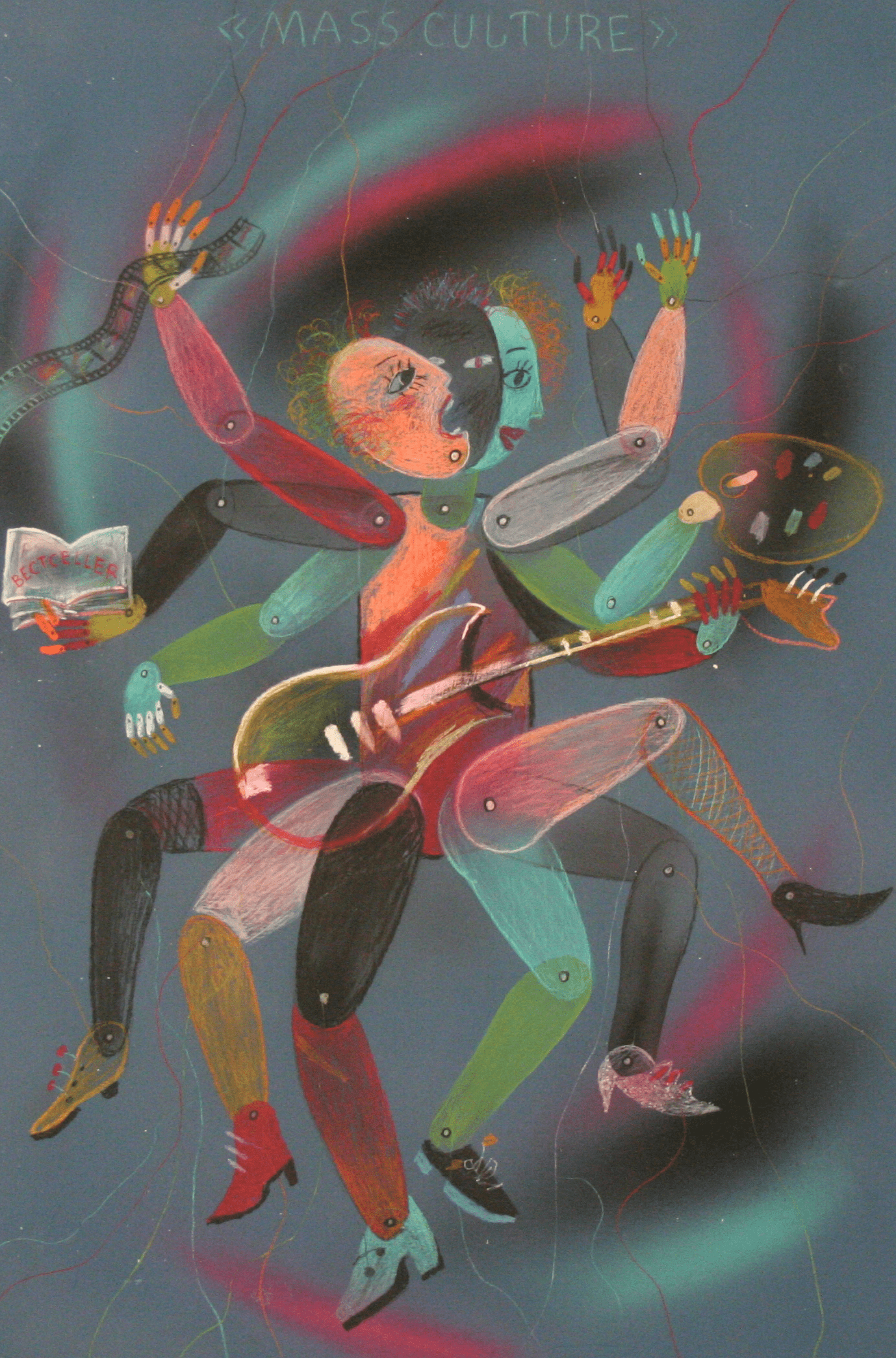The Berlin Wall & Beyond
The Berlin Wall & Beyond is an online high school curriculum for teaching World History, which focuses on the critical post-World War II period. Once united as allies in their war against the Nazis, the United States and the Soviet Union became the world’s competing powerbrokers for the next 40 years. Amidst the redrawing of national boundaries and the political realignments taking shape, Berlin quickly became the symbolic capital of the Cold War.
Only four short years after the end of World War II, the western sectors of Berlin—during the airlift—had been transformed, in Western eyes, from a bastion of Nazism to the symbolic last outpost of democracy under threat in Europe. The spatial division of Germany between East and West reflected, in fact, the pattern for the entire continent.
By 1961, no longer divided merely by the metaphoric Iron Curtain, Berlin, Germany, and Europe were now divided by an 800-mile inner German border. Between August 1961 and November 1989, at least 81 people were killed trying to escape; another 5,000 made it the West and about as many tried and failed.
Published to celebrate the 25th anniversary of the fall of the Wall, the Berlin Wall and Beyond was developed by UCLA’s National Center for History in the Schools (NCHS) and the Wende Museum of the Cold War.
The program integrates the Museum’s collection and other multimedia to create an interactive online experience for both educators and students. In addition, the curriculum aligns with NCHS’ Historical Teaching Standards (a parallel system to Common Core standards) and fulfills some or all of the standards from the World History Era 9 Standards.
With six units of lesson plans, activities, discussion questions, primary source documents, and analysis worksheets, this website offers the tools that educators need to teach their students about the Berlin Wall, post-World War II Europe, and the Cold War through interactive activities, videos, photos, and other media. The units are:
Unit One: The “Iron Curtain”
Unit Two: A World Divided
Unit Three: Living With the Wall
Unit Four: The Increasingly Irrelevant Wall
Unit Five: Reunification–East and West Together
Unit Six: Memories of the Cold War
Each unit is complete, with an historical overview, activities integrating primary source analysis, and prefabricated presentations for educator use. Photographs, videos, speeches, and poems complement the political, social, and economic historical overviews. Several units also integrate historical witness videos, including an East German border guard, a Wall artist, a secret police agent, and a political prisoner, all of whom provide an exclusive perspective on Cold War Germany.
Educators can use the prefabricated presentations in addition to the necessary primary sources for each unit or can go through each page individually with students, displaying the videos and images along with the historical text. Analysis worksheets are available to print for handouts, and images and documents can be easily displayed on an overhead projector to promote discussion.
The curriculum provides a unique collection of materials and activities. This allows the history to come alive for students, keeping them engaged in the topic while teaching them valuable lessons on how to analyze primary source documents and images.
More information about this exceptional curriculum can be found at:
http://www.theberlinwallandbeyond.weebly.com.
http://www.wendemuseum.org/
http://theberlinwallandbeyond.weebly.com/
http://www.nchs.ucla.edu/
http://www.nchs.ucla.edu/history-standards/world-history-content-standards/world-history-era-9




